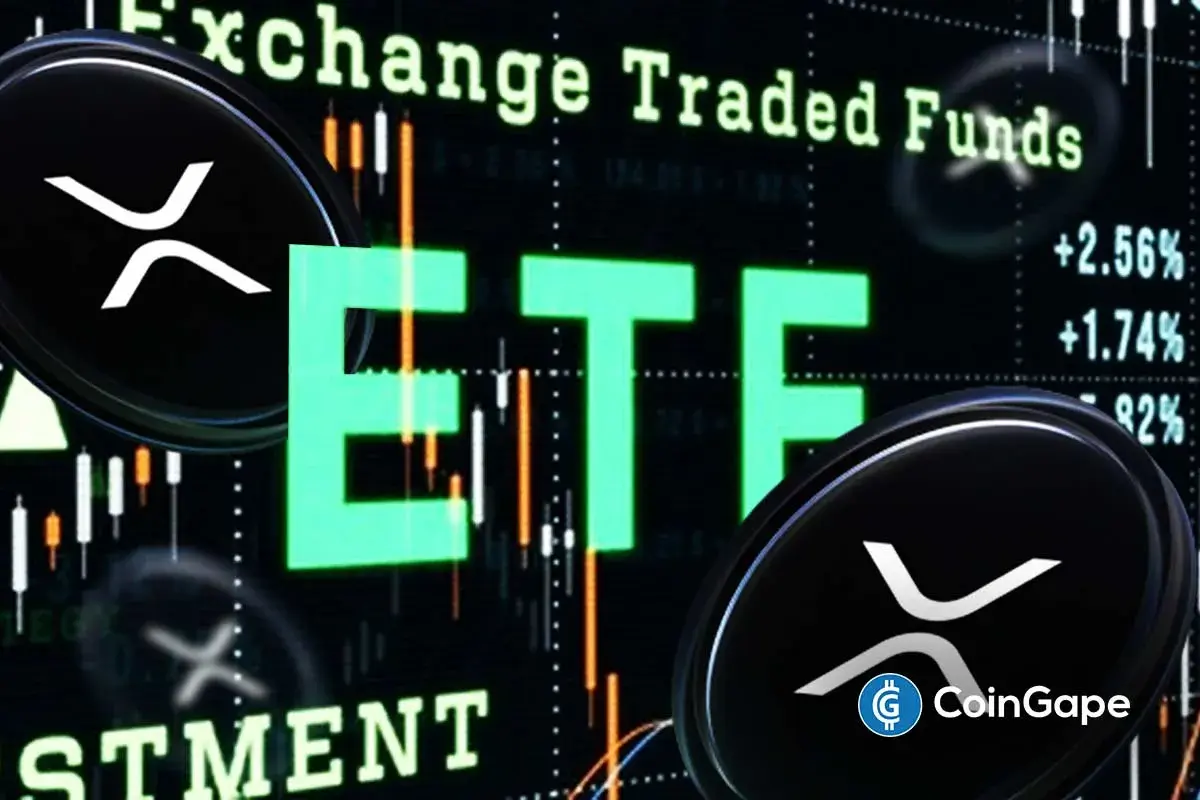William Morro Charged in OneCoin Fraud, Pleads Guilty

Highlights
- William Morro pleads guilty to bank fraud in $35M OneCoin scheme transfer.
- OneCoin, launched in 2014, defrauded investors of approximately $4 billion.
- Morro linked to laundering $35 million for OneCoin scheme.
William Morro has been arrested and charged by the United States Justice Department in relation to the OneCoin cryptocurrency scheme. Based on the filings on April 23 in the U.S. District Court for the Southern District of New York, Morro is accused of helping in a transfer of $35 million from China-based bank accounts to Hong Kong in 2016, in the name of the OneCoin operation.
According to the indictment, Morro later transferred more than $6 million from the Hong Kong account to a U.S. bank account that he controlled, an act the authorities termed as fraudulent.
Guilty Plea and Legal Representation
Morro voluntarily turned himself in to the authorities and pleaded guilty to one count of conspiracy to commit bank fraud. He has been released on his own recognizance, and his sentencing is set for August 1.
In his legal approach, Morro hired lawyers Mark Cohen and Jonathan Abernethy from the law firm Cohen and Gresser, who had just represented major clients in some substantial financial fraud cases. The presence of the legal team in this case gives evidence of the case’s complexity and the fact of the serious nature of the charges against Morro.
Connections with OneCoin
The indictment connects Morro with Gilbert Armenta, who plays an important role in the Onecoin case and is the boyfriend of the scheme’s founder, Ruja Ignatova. In 2023, Armenta was given a five-year jail term for laundering roughly $300 million of the fraudulent activity’s proceeds.
Morro’s case is part of the wider investigation by the US authorities, who have also charged many others associated with OneCoin, such as its’ co-founder Karl Sebastian Greenwood and former head of legal and compliance Irina Dilkinska.
Background of the Scheme
Set up in 2014, OneCoin was disclosed in 2015 as a Ponzi scheme. The scheme defrauded investors of approximately $4 billion by promoting a non-existing cryptocurrency.
The operation attracted investors with the prospect of high profits, dependent not on any economic activity but on the recruitment of new participants who would support payouts. Ruja Ignatova, also known as the ‘CryptoQueen,’ was leading the scam. She disappeared in 2017 but was reportedly found in 2023 after 5 years of being one of the FBI’s most wanted.
Read Also: Cognition Labs Hits $2B Valuation After $175M Funding
- Binance Lists First Nation–Backed Stablecoin; CZ Reacts
- U.S. Initial Jobless Claims Fall To 214,000; BTC Price Drops
- BlackRock Deposits Millions in Bitcoin and Ethereum as CryptoQuant Flags Growing Bear Market Risk
- NiceHash Review: Trade HashRate and effectively manage your POW mining facility
- US SEC Deliberates Nasdaq Bitcoin Index Options Approval amid Rising Derivatives Demand
- XRP, Bitcoin, Ethereum Price Predictions Ahead of Jan 2026 CLARITY Act and US Crypto Reserve Plans
- Pi Network Analysis: Pi Coin Price Surges on Christmas Eve, Can It Hit Year-End Highs?
- Why Dec 26th Is A Do Or Die for Bitcoin Price Ahead Of Record Options Expiry?
- Why Bitcoin, Ethereum And XRP Prices Are Down Today? (24 Dec)
- XRP Price Prediction: Will 4 Billion Transactions Spark Next Rally?
- Solana Price Outlook: Will SOL Recover With Strong Institutional Buying?

 Claim $500
Claim $500














